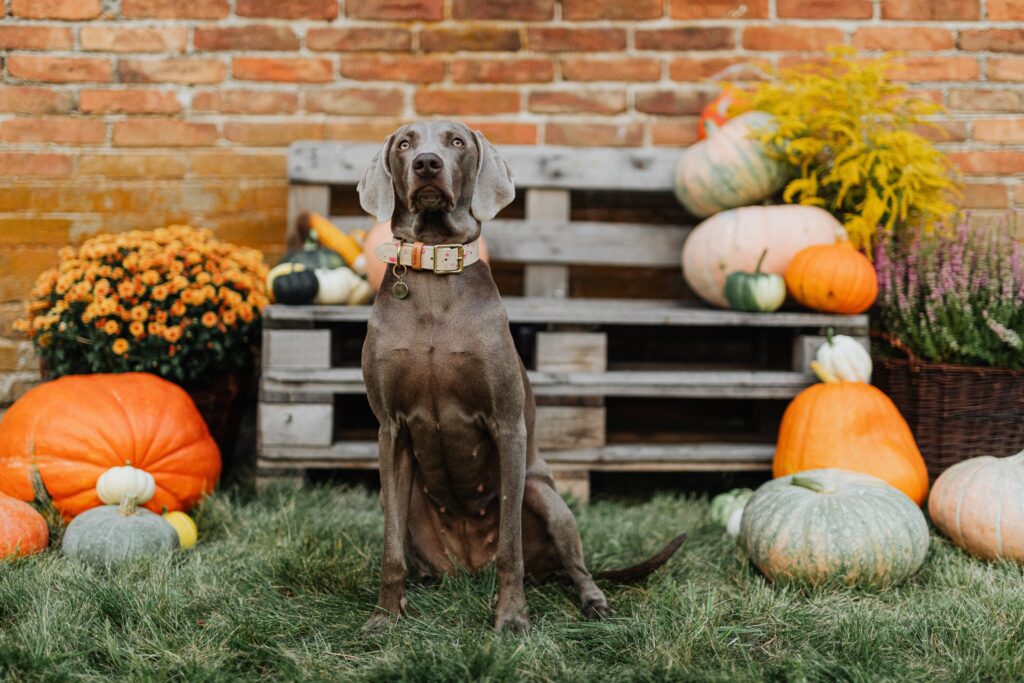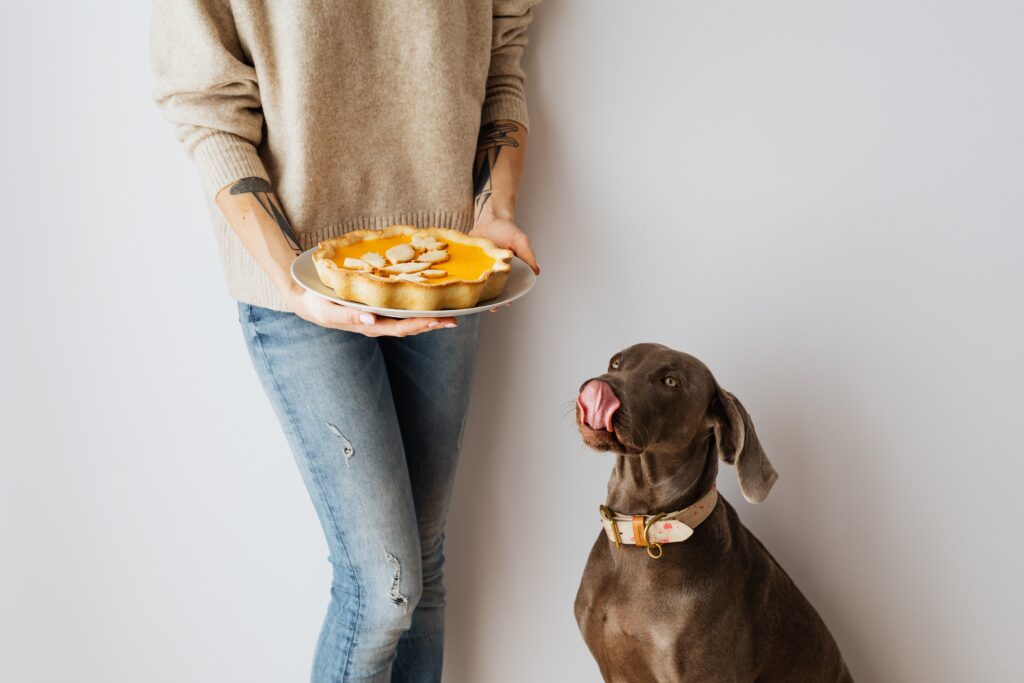Pumpkin, a famous fall #1 for people, has earned respect as a helpful expansion to a dog’s eating routine too. In addition to the fact that it tastes good, it offers several good medical advantages for our shaggy companions. In this article, we will investigate why pumpkin is good for dogs and what it can emphatically mean for their general prosperity.
Nutritional Benefits of Pumpkin for Dogs
Pumpkin packs a nutritional punch that makes it an excellent dietary choice for dogs. It is low in calories, high in fiber, and plentiful in fundamental nutrients and minerals. Let’s investigate the particular advantages of including pumpkins in your dog’s eating routine.
Promotes Digestive Health
One of the standout advantages of pumpkin for dogs is its capacity to advance stomach-related well-being. The high fiber content guides in directing solid discharges, making it gainful for dogs encountering constipation or diarrhea of the bowels. Furthermore, pumpkin can assist with alleviating an agitated stomach and give help from stomach-related uneasiness.
Weight Management
Keeping a solid weight is pivotal for a dog’s general prosperity. Pumpkins can play a vital part in weight management because of their low-calorie content and high fiber thickness. By integrating pumpkin into your dog’s feasts, you can provide a good and healthy filler that assists them with feeling full while holding their caloric intake under control.
Supports Healthy Skin and Coat
A dog’s skin and coat condition are signs of their general well-being. The cancer prevention agents present in pumpkins assist with combatting free radicals and advance solid skin. Also, the natural moisturizing properties of pumpkin can alleviate dry, itchy skin, and decrease unreasonable shedding.
Boosts Immune System
Pumpkin contains various vitamins, including vitamins A, C, and E, which are fundamental for a strong immune system. By integrating pumpkin into your dog’s eating regimen, you can assist with upgrading their immune function, diminishing the risk of diseases, and promoting overall well-being.

Introducing Pumpkin into Your Dog’s Diet for Their Good Health
To receive the benefits of pumpkin, it’s critical to accurately acquaint it with your dog’s eating routine. The following are a couple of key considerations:
Pick the Right Pumpkin
Settle on plain, canned pumpkin, or new pumpkin puree with no additives or seasonings. Abstain from utilizing pumpkin pie filling, as it frequently contains added sugars and flavors that are not good for dogs.
Arrangement Techniques
If utilizing fresh pumpkins, eliminate the skin and seeds, and cook the tissue until it turns out to be soft and mashable. You can steam, bake, or boil the pumpkin. For the canned pumpkin, guarantee it is 100 percent pure pumpkin with no added ingredients.
Serving Size Suggestions
The appropriate serving size of pumpkin for your dog relies upon its size and weight. As a basic principle, begin with a modest quantity, like a teaspoon, and progressively increment the serving size in the event that your dog endures it well. Talk with your veterinarian for explicit suggestions in view of your dog’s specific requirements.
Precautions and Considerations
While pumpkin can be a valuable expansion to your dog’s eating regimen, there are a couple of safety measures and considerations to remember:
Allergies and Sensitivities
A few dogs might have sensitivities or allergies to pumpkins. Observing your dog for any indications of unfriendly responses, for example, gastrointestinal upset or skin irritations is significant. Assuming you notice any adverse consequences, discontinue feeding the pumpkin and talk with your veterinarian.
Moderation and Portion Control
While pumpkin offers many advantages, it should be given with some restraint. A lot of pumpkins can cause stomach-related upset or irregular characteristics in your dog’s eating regimen. Follow the suggested serving sizes and consider pumpkin as a supplemental treat instead of an essential food source.
Consulting with a Veterinarian
Assuming you have any worries or inquiries regarding integrating pumpkin into your dog’s eating regimen, it’s in every case best to talk with your veterinarian. They can give customized guidance in view of your dog’s particular well-being needs.
Conclusion
All in all, pumpkin can be a solid and nutritious expansion to your dog’s eating routine. Its high fiber content, low-calorie nature, and rich nutrient and mineral profile make it helpful for stomach-related well-being, weight management, skin and coat condition, and the immune system. Make sure to introduce pumpkin slowly and with some restraint, and consistently monitor your dog’s reaction to confirm is pumpkin good for your dog. With appropriate precaution and direction from your veterinarian, you can securely partake in the advantages of pumpkin for your shaggy companion.
FAQs
Is raw pumpkin good for dogs?
While raw pumpkin is for the most part ok for dogs, it is prescribed to cook or puree it to upgrade absorbability and nutrient absorption.
How many pumpkins should I give my dog?
The suitable serving size of pumpkin relies upon your dog’s size and weight. Begin with a limited quantity, like a teaspoon, and change on a case-by-case basis under the direction of your veterinarian.
Can pumpkin help with my dog’s diarrhea?
Indeed, pumpkins can assist regulate bowel movements and alleviate diarrhea in dogs because of their high fiber content. Be that as it may, talk with your veterinarian on the off chance that the diarrhea persists or worsens.
Are there any side effects of feeding pumpkins to dogs?
While pumpkin is by and large safe for dogs, some might encounter gastrointestinal upset or sensitivities. Monitor your dog for any unfriendly responses and talk with your veterinarian if essential.
Is pumpkin pie filling good for dogs?
It isn’t prescribed to feed your dog pumpkin pie filling as it frequently contains added sugars, flavors, and different ingredients that might be hurtful to canines.



